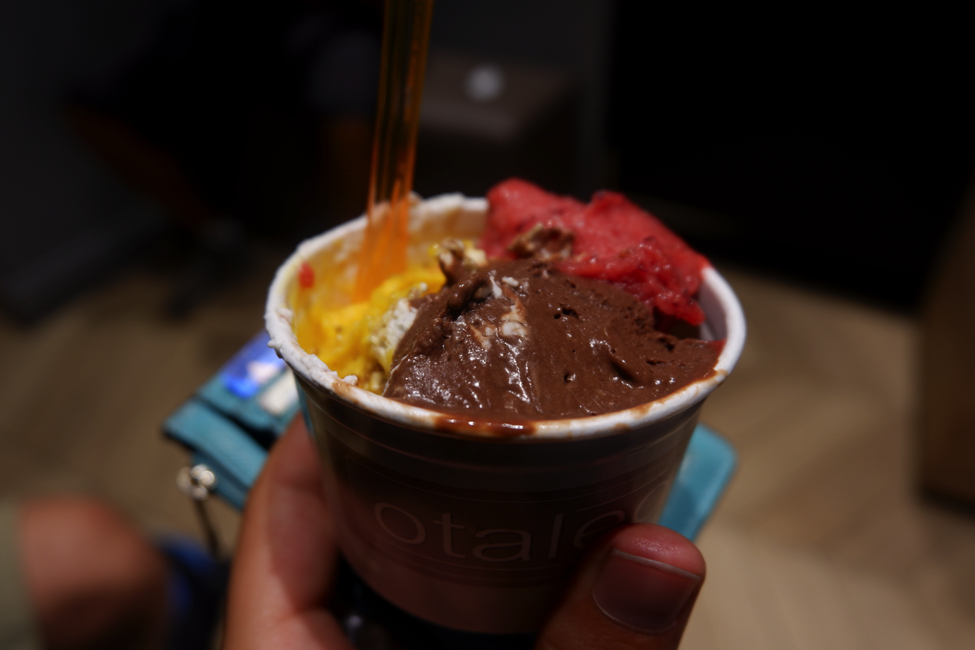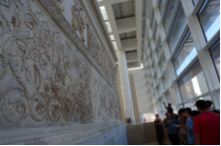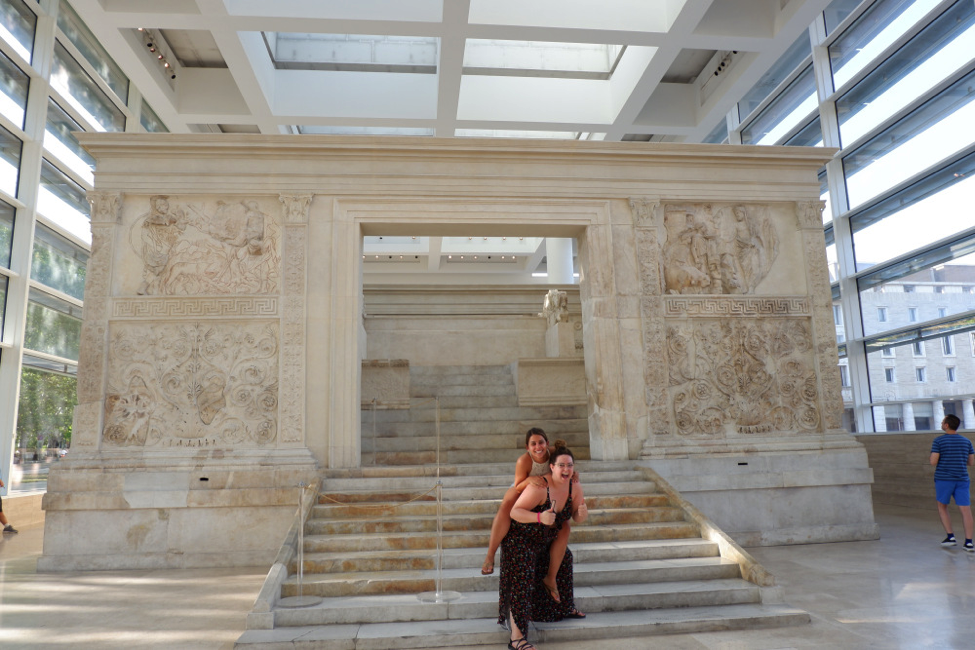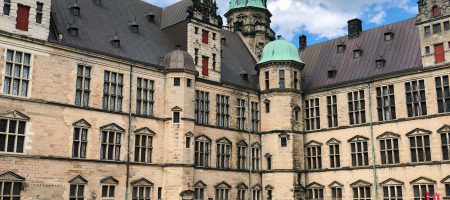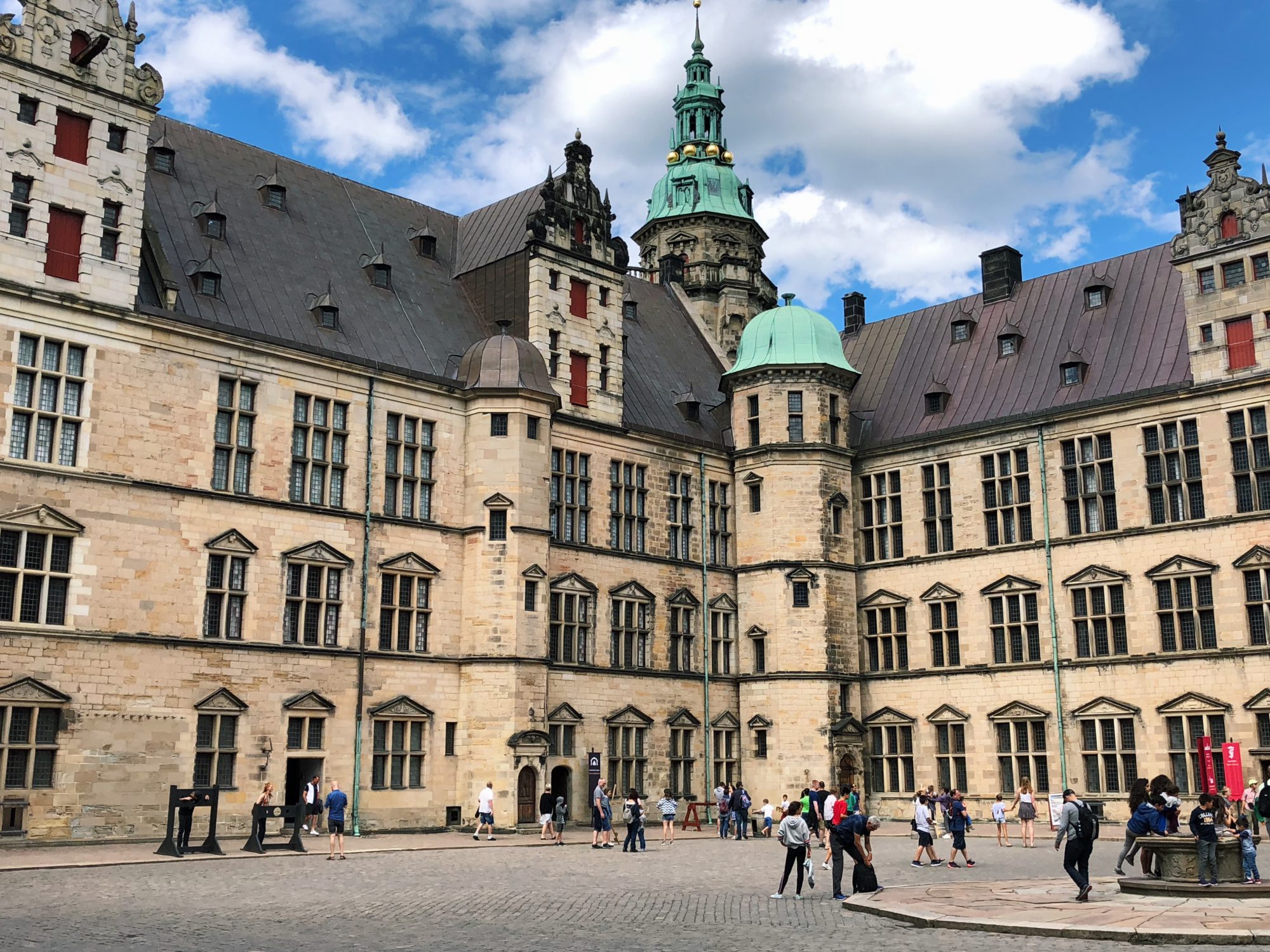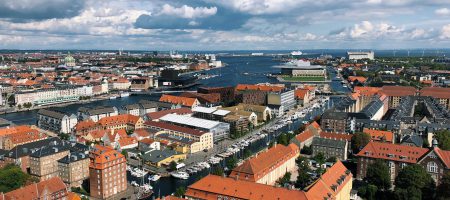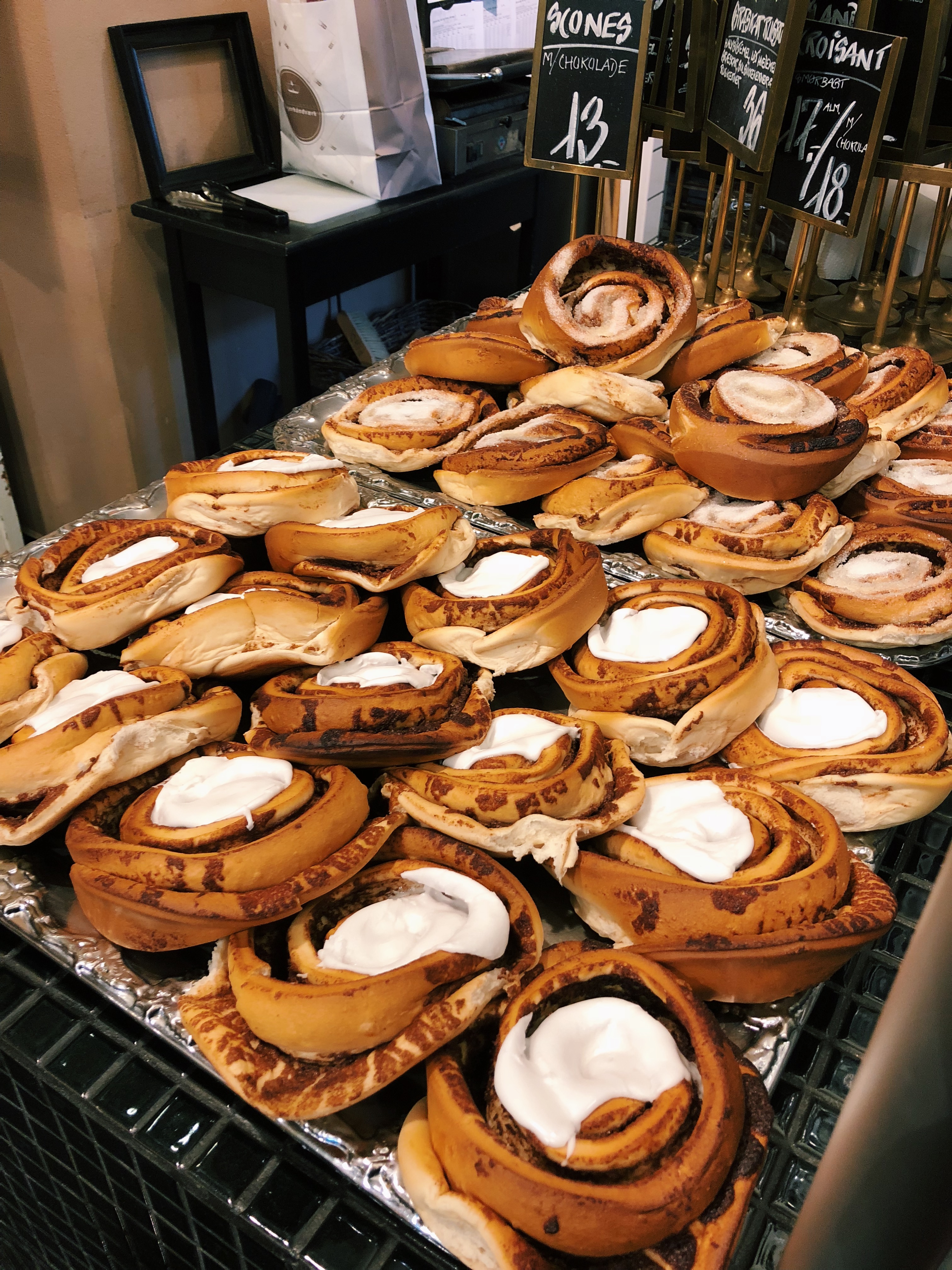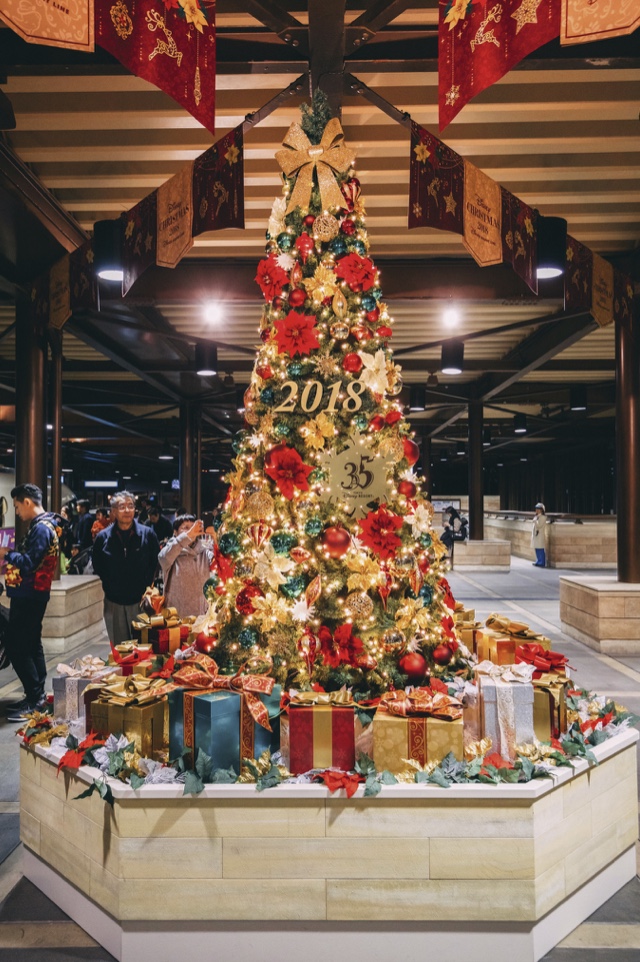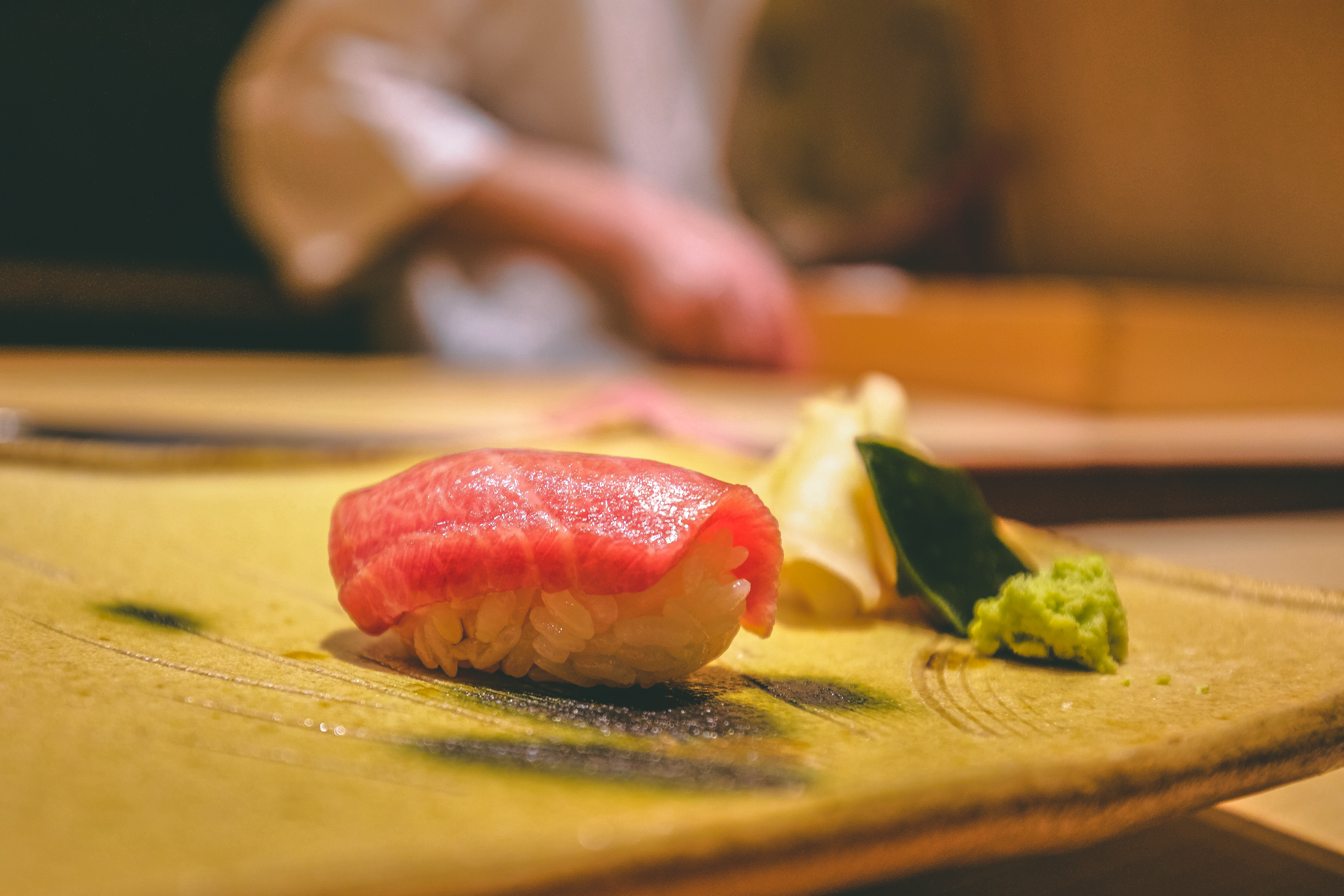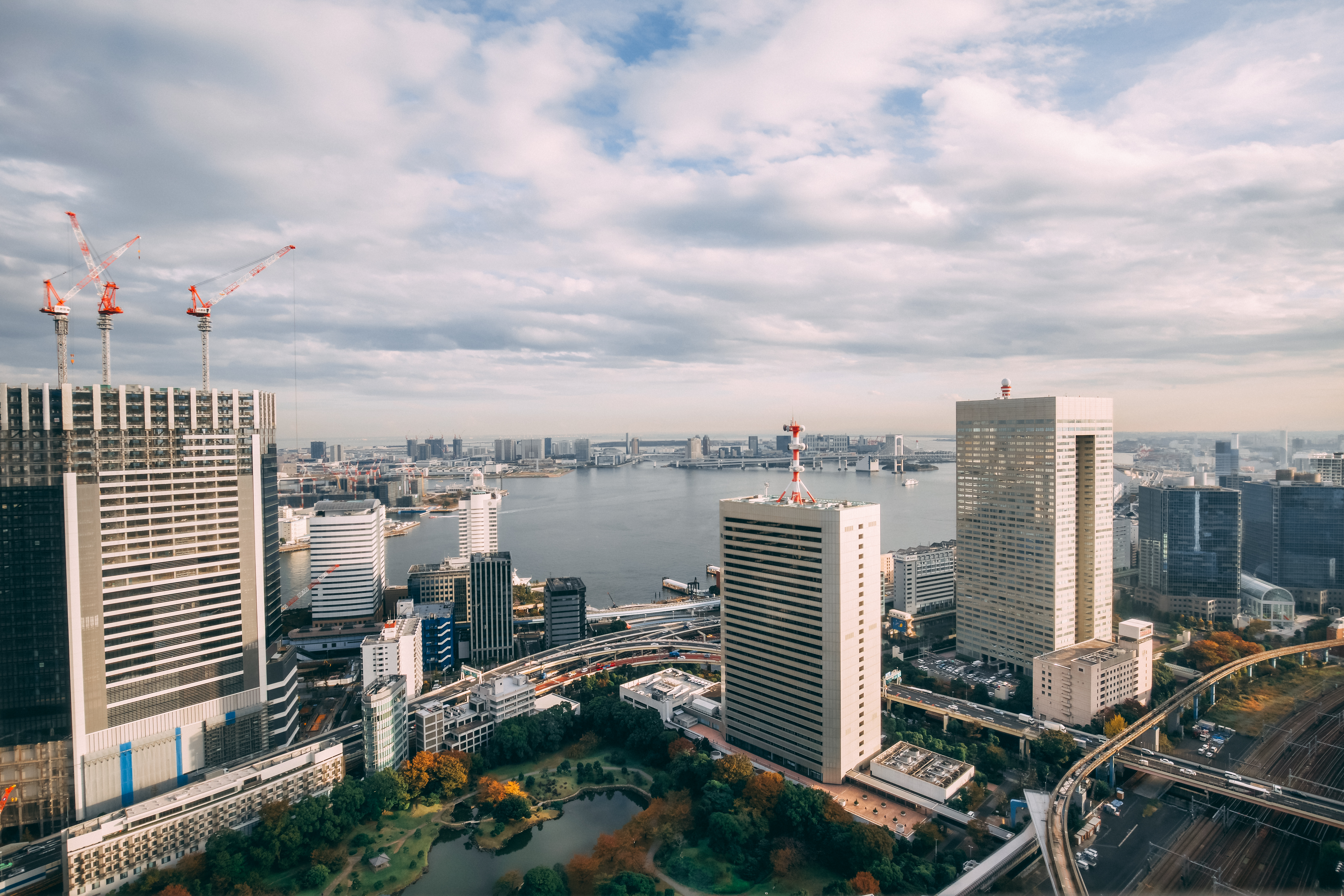Italy | Eating in Bars (aka Cafes)
By Andrea Zachrich
What are bars in Italy?
First thing to know, cafes are called bars in Italy. They also sell alcoholic drinks, and might change into more of a traditional bar in the evening, but during the day its where you would go to get a coffee or a pastry or sometimes gelato if they have it. I remember first landing in Milan and telling my friend Mike something along the lines of “Wow, Italians must drink a lot because I see at least one bar per street block”, but they’re not (entirely) there for serving alcohol. I’m not sure why the meaning of bar is so different in Italy and America, but these are the places to go for coffee and snacks during the day.
Second important thing to know: there are different places in the bar where you eat depending on how you order. If you sit down at a table in a bar, they will bring you menus and usually charge you a service fee of 1 to 2 euros. If you walk up and order at the counter, they expect you to stand at the bar and eat/drink your food while standing there, and do not charge you the service fee. I kind of felt like I was in the way while standing at the bar, but you’re not and they expect you to do it. Some bars will allow you to sit down at the table after you order, especially if they’re not busy, but most don’t want you to because they charge people a little extra to do so.
Coffee
In addition, coffee is served a little differently here. If you order a “caffe”, they give you an espresso (usually a fairly small one), but it should only cost around 1-2 euros. I haven’t found anywhere that will serve me a large cup of coffee like you could get at a coffee shop in America. You can, of course, ask for cappuccinos and items like that made using a standard espresso machine. If you’re lactose intolerant, you might be out of luck because many bars don’t have milk substitutes (although I have noticed the most common one is soy, so I would try to ask for that). Also, there’s usually not a menu for coffee, but if you see an espresso machine behind the counter, they should be able to make all the standard drinks.
Also, iced coffee is not really a thing here, BUT there is something called “crema di caffe” and it is my favorite Italian food item thus far. I’ve gotten one everyday since we’ve been here. It’s essentially a creamy icy espresso slushie with a touch of sweetness. It’s delicious and I would for sure recommend it while you’re here. It’s often so thick that they usually serve it with a spoon instead of a straw. They keep it in one of those machines that constantly stirs it, so look for that behind that counter. Sometimes they call it “cold coffee” as well.
One last thing: to-go coffee (or “take away” as I’ve commonly heard it called here) is not very common. A lot of places will do it, but most expect you to take the 4-5 minutes to stand at the counter and drink your coffee, and you should! It’s fun to stand there and people watch the other people in the bar. If it’s not too busy, the people working there can be fun to talk, help you with your Italian, to or give recommendations if you ask and they’re in a good mood.
Eating in bars was something that really confused me until our professor explained it, so I thought I would save you the embarrassment of being the clueless American who has no idea what’s going on.













